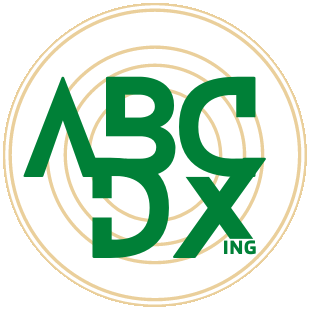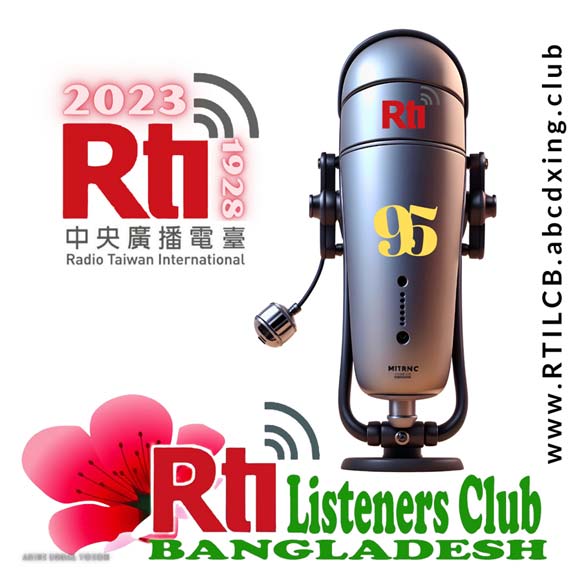
Shortwave radio is a great way to listen to international news, music, and other programming. But writing meaningful reception reports is essential to get the most out of your shortwave radio listening and collect QSL cards. Reception reports help shortwave broadcasters improve their signal strength and quality and help other listeners find good stations to listen to.
What is a Reception Report?
By following these tips, you can write meaningful reception reports that will help shortwave broadcasters improve their signal strength and quality. You can also help other listeners find good stations to listen to.
Include your location:
The first thing you should do is include your location in your report. This will help the broadcaster determine how far their signal is reaching. You can use your city, state, or country name.
Include the time and date of your listening:
The broadcaster also wants to know when you were listening to their station. This will help them track the strength of their signal over time. You can use the 24-hour clock in UTC (Universal Time Coordinate) format, including the month, day, and year.
Mention your Receiver and Antenna details:
This helps the broadcaster to analyze frequency strength and others and compare. For the receiver, please mention the Brand name with the model with other specifications (like PLL Synthesized, etc.). For the antenna, you may write whether it is Indoor or outdoor, with some details (i.e., telescopic rod antenna, Indoor loop, outdoor MLA30, etc.).
Include the frequency you were listening to:
The broadcaster needs to know what frequency you were listening to in order to troubleshoot any reception problems. You can use the international standard frequency notation, which is in the form of kHz.
Describe the signal strength and quality:
This is the most important part of your report. It would be best to describe how strong the signal was and how clear the audio was. You can use the SINPO code to help you describe the signal.
Give a brief description of the program that you have listened to. It should be at least five minutes description.
Include any other comments: If you have any other comments about the broadcast, such as the programming or the language, you can include them in your report. This information can be helpful to the broadcaster and other listeners.
What is the SINPO Code for writing meaningful reception reports?
The SINPO code is a five-letter code that is used to describe the signal strength, interference, noise, and readability of a shortwave broadcast. The letters stand for:
S: Signal strength (1-5, with 5 being the strongest)
I: Interference (1-5, with 5 being the lowest amount of interference)
N: Noise (1-5, with 5 being the lowest amount of noise)
P: Propagation (1-5, with 5 being the best propagation)
O: Overall readability (1-5, with 5 being the most readable)
Each letter is rated on a scale of 1 to 5, with 5 being the best. For example, a SINPO code of 55555 would indicate a very strong signal with no interference, noise, or propagation problems
How to Submit a Reception Report
Reception reports can be submitted to shortwave radio stations in a variety of ways. Some stations have a dedicated email address or web form for the submission of reception reports. Others may accept reports via snail mail.
When submitting a reception report, it is important to make sure that you include all of the information listed above. This information will be very helpful to the station in improving its signal strength and quality.
By following these tips, you can write meaningful reception reports that will help shortwave broadcasters improve their signal strength and quality. You can also help other listeners find good stations to listen to.

Additional Tips
Here are some additional tips for writing a meaningful reception report:
Be specific: Don't just say that the signal was "good" or "bad." Describe the signal strength in detail. For example, you could say that the signal was "strong," but there was "some" interference.Be objective: Don't let your personal feelings about the broadcast influence your report. Just focus on the technical aspects of the signal.
Be timely: Submit your report as soon as possible after you listen to the station.
Be concise: Your report should be no more than a few sentences long.
Be honest: Now-a days SDR is available all over the world. Please don’t copy from SDR, and do not mention it as Shortwave Hunting through your receiver.
By following these tips, you can write reception reports that are helpful and informative.
Reception reports are an important tool for shortwave radio stations. By submitting a reception report, you can help to improve the quality of the signal for other listeners around the world.
If you are a fan of shortwave radio, I encourage you to submit reception reports to the stations that you listen to. Your feedback can make a real difference.



